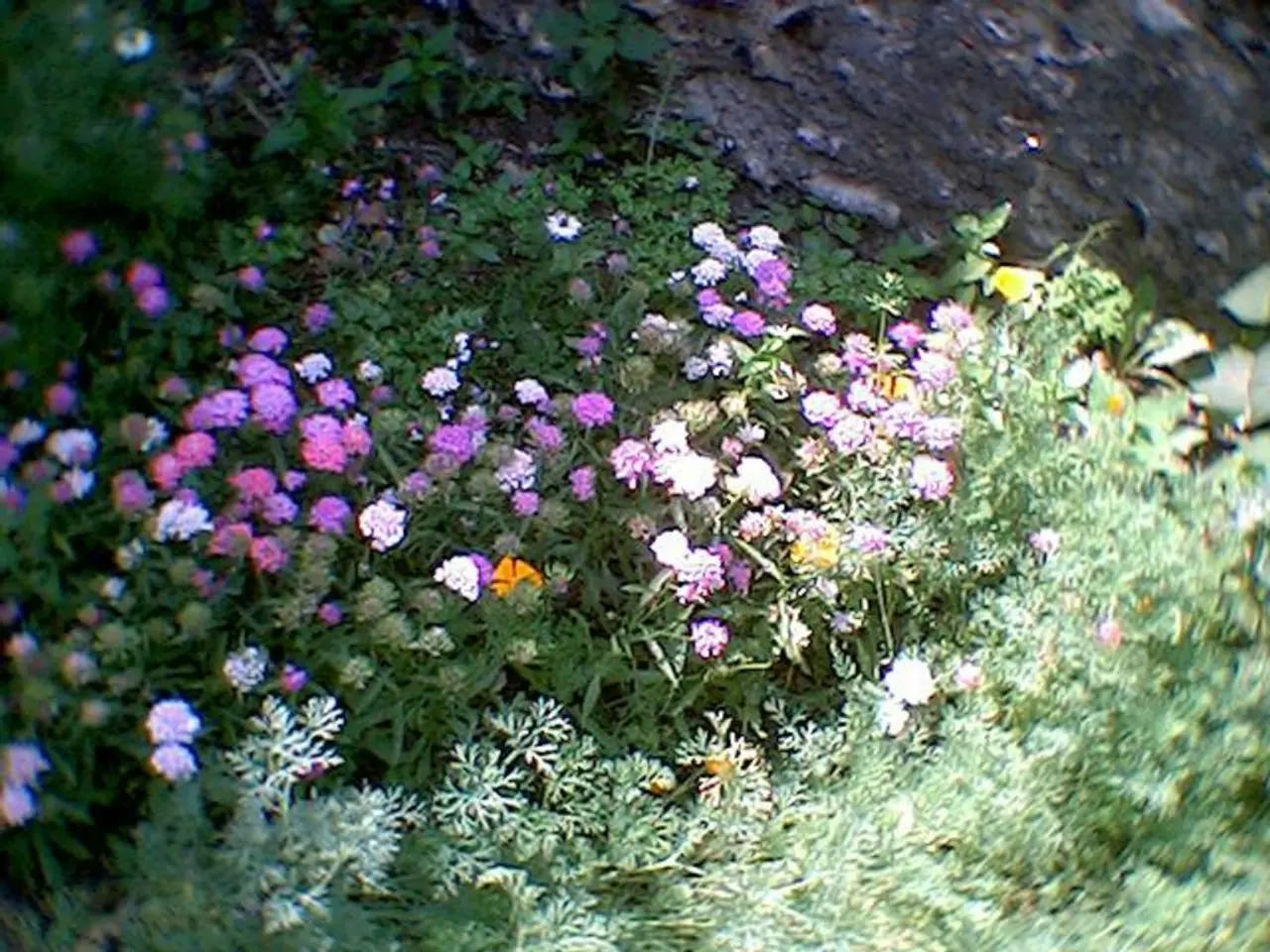Cultivating Ghost Orchids: A Guide to Nurturing This Elusive and Gorgeous Bloomer
In the world of exotic flora, few plants captivate the imagination quite like the Ghost Orchid (Dendrophylax lindenii). Native to the humid, marshy areas of Florida, Cuba, and the Bahamas, these rare and endangered orchids are known for their ethereal beauty and delicate nature. Here's a comprehensive guide on how to care for these enchanting plants in a controlled environment.
Humidity
Maintaining very high humidity levels is essential for Ghost Orchids, as they thrive in moist air conditions. Aim for humidity levels near 80-90%.
Temperature
To recreate the subtropical to tropical climates where these orchids naturally grow, keep the temperature consistent, ideally between 70°F to 85°F (21°C to 29°C) during the day, and cooler at night, around 60°F to 65°F (16°C to 18°C).
Light
Ghost Orchids require bright but indirect light. Direct sunlight can harm these delicate plants, so provide diffused light instead.
Airflow
Good air circulation is crucial to prevent fungal or rot issues. Replicate the natural breeze in their native habitat by ensuring proper ventilation.
Support Structure
Grow them mounted on bark or a tree-like surface to simulate their natural growing conditions. These leafless orchids cling to tree bark.
Watering
Use careful watering methods, such as misting or soaking their roots, ensuring roots do not sit wet long to prevent rot. Mimicking watering cycles where the plant gets wet and then dries partially is beneficial. Mycorrhizal fungi should be added to the watering or misting water.
Substrate
Avoid using commercial orchid potting medium. Instead, choose a substrate that is large enough to accommodate the mature plant size, has a long lifespan, can hold moisture without rotting, and has a living patina of moss and lichens. Old hickory bark or Florida buttonwood are recommended, but cork slabs and clay pots have also been successful. Spanish moss can be a good addition to the mount, covering around a third of the root system.
Planting
The best time to plant Ghost Orchids is early spring. Because of their rarity and endangered status, removing them from the wild is illegal.
Growing Environment
A small greenhouse can effectively create the conditions required for Ghost Orchids, trapping sunlight, retaining warmth, and maintaining humidity. This approach has been adopted by orchid growers recreating controlled environments for sensitive species like Ghost Orchids.
Hardiness Zones
In their natural habitat, Ghost Orchids grow in hardiness zones 10-11. However, they can also be grown indoors in a controlled environment.
Caring Tips
- When watering, maintain a constant cycle of wet and dry to avoid keeping the orchid constantly wet or letting it dry for too long.
- Place the Ghost Orchid in an east- or west-facing window, or close to a south-facing window with filtered sunlight.
- For experienced gardeners, an orchid terrarium is a popular option for Ghost Orchid growers, suitable for both open and closed terrariums.
Conservation
Given their rarity and endangered status, it's crucial to replicate their environment accurately and maintain stable conditions to ensure their survival and flowering in captivity.
Authors
This article was written by Mary H. Dyer, a writer, and Melanie Griffiths, an experienced gardener who has worked in homes and gardens media for over 20 years.
In the realm of home-and-garden enthusiasts with a keen interest in a unique lifestyle, the cultivation of Ghost Orchids (Dendrophylax lindenii) could be an intriguing endeavor. By replicating their subtropical to tropical environments by maintaining high humidity levels and providing bright, indirect light, homeowners can nurture these rare and exotic plants indoors or greenhouses, contributing to their survival and flowering in captivity.
For gardening enthusiasts looking to create a distinctive home-and-garden design, the incorporation of Ghost Orchids might bring a stunning touch of the exotic and inimitable charm to their living spaces. However, growing these enchanting plants properly demands attentive care, following the aforementioned guidelines for temperature, light, airflow, support, watering, substrate, and maintaining the right growing environment.




